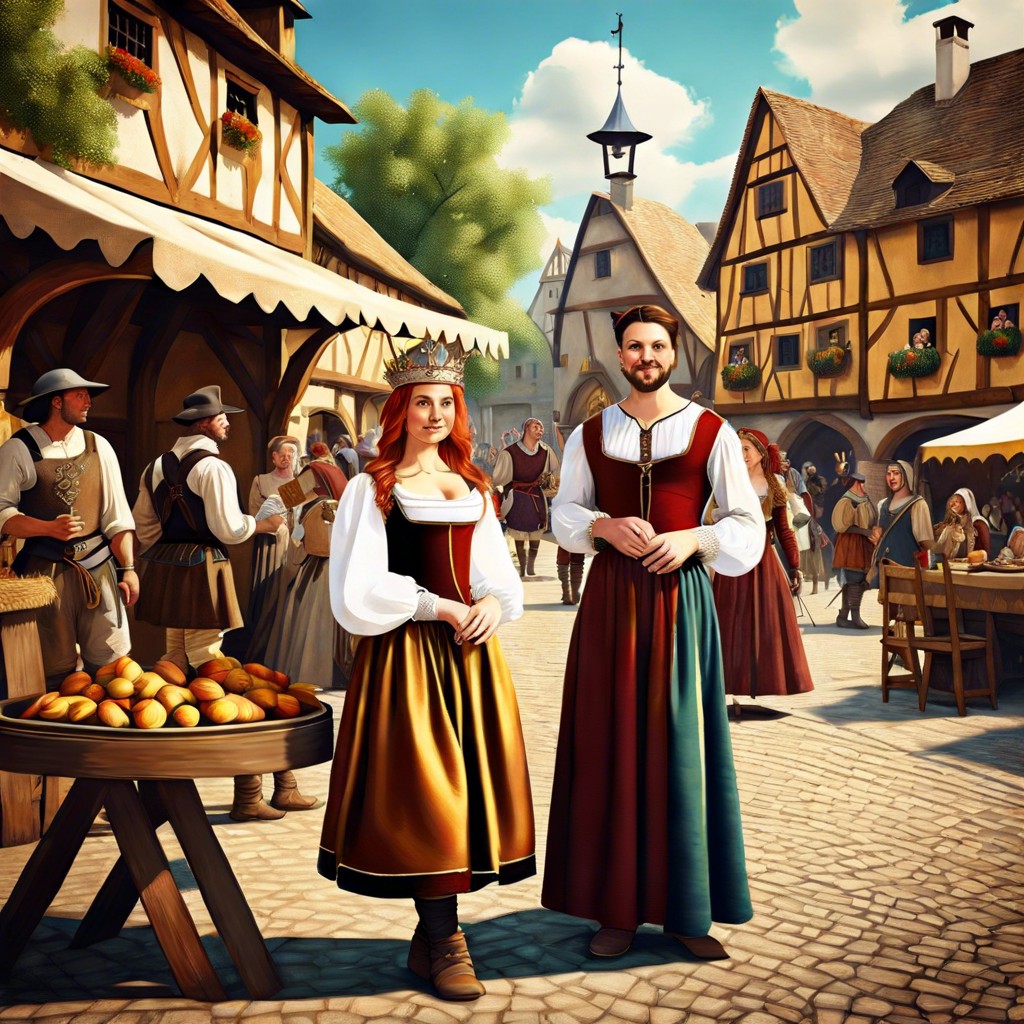Last updated on
Discover the charm and value of vintage signs and learn how to identify authentic pieces in the collector’s market.
Key takeaways:
- Vintage signs offer a glimpse into the past and reflect the evolution of commerce and social norms.
- Neon signs became beacons of consumerism, symbolizing progress and excitement.
- Determining the authenticity of a vintage sign requires careful examination and research.
- Rarity, provenance, and condition affect the value of vintage signs.
- Vintage signs are important for cultural preservation, reflecting design trends and local history.
Historical Significance of Vintage Signs

Vintage signs serve as time capsules, offering a glimpse into the past and reflecting the evolution of commerce and social norms. Imagine walking down a bustling street half a century ago, the steel-and-paint advertisements shining above you. These artifacts carry stories of bygone eras, encapsulating the history of a brand, a town, or a whole generation.
At the dawn of mass consumerism, signs were a primary means of marketing. Businesses vied for attention with flashy designs and catchy slogans, many of which have become iconic. As an example, the ubiquitous “Coca-Cola” script has become an enduring symbol of Americana, transcending its commercial origins to represent a slice of life from the early 20th century.
Their design trends often mirrored prevailing art movements, making them not only advertising tools but also pieces of art. From the whimsy of Art Nouveau to the bold geometry of Art Deco, vintage signs chart the shifts in artistic tastes over the decades.
Moreover, they reflect technological advancements. From hand-painted wooden signs to illuminated neon masterpieces, each progression highlights the era’s technological landscape.
Collectors and historians value these signs as benchmarks of cultural change. What were once everyday advertising tools now reveal much about the aesthetics, economic climate, and social values of their time, giving us a vivid connection to the world our predecessors inhabited.
The Allure of Neon Signs in Advertising

Neon signs, with their brilliant hues and inviting glow, became beacons of consumerism in the 20th century. They offered businesses a way to stand out in the urban sprawl: a luminous shout above a whispering crowd.
Crafted with glass tubes filled with neon or other gases, they transformed cityscapes into vibrant art exhibits. At night, these radiant sculptures turned streets into corridors of color, making the night feel less like a curtain drop and just another act in the daily drama.
Their appeal wasn’t solely aesthetic though. Psychologically, neon signs exploited our innate attraction to light, drawing the eye and etching a business’s name in the minds of passersby. They served as a visual shorthand for the modern age, symbolizing progress and excitement.
On a practical note, these signs boasted a longevity that outshone many illuminated alternatives. Their durability meant a single sign could persist as a landmark for years, weathering storms and outlasting many a rainy night.
In the dance of supply and demand, neon signs played a leading role. They weren’t just signs; they were the silent salesmen of yesteryear, wooing customers with a flash and a flicker.
Assessing the Authenticity of Vintage Signs
Determining the age of a vintage sign can be as tricky as a fox in a hen house. Start by examining the material. Older signs usually boast real metal construction, with rust and patina narrating the passage of time. Wooden signs may show similar age indicators.
Examine the craftsmanship. Bygone eras favored hand-painted graphics and lettering, so look for brush strokes or imperfections that whisper tales of a craftsman’s hand.
Check for manufacturer’s marks or hallmarks, often a game of hide and seek, as they can be discreet. These signatures help trace the origin and confirm the sign’s period.
Research is your compass in this adventure. Patents and trademarks registered on the sign can pinpoint its birth year. Vintage advertising materials or catalogs might feature your sign, providing a benchmark for authenticity.
Be cautious with reproductions that masquerade as antiques. Modern methods can artificially age a piece to look like it’s seen a century. Scrutinize the wear and tear—authentic signs have a story, not a contrived aging process. If it seems too perfect, it just might be an imposter.
Trust your gut but enlist an expert if in doubt. A seasoned eye can spot a genuine article from a mile away and keep you on the right side of history.
Evaluating the Rarity and Value of Vintage Signs
The quest for vintage signs often hinges on two key factors: rarity and value. Rarity is influenced by various elements. A small batch production from the past inherently makes a sign less common. The survival rate of these signs through decades also plays a crucial role; fewer survivors increase rarity.
Another factor impacting rarity and value is the sign’s provenance. A sign with a storied history or connection to a significant event or personality can skyrocket in worth. Additionally, original condition is pivotal. Signs in pristine, unaltered states fetch higher prices. However, well-done restorations can also preserve value, especially if original materials and techniques were used.
Collectors should watch for signs with iconic branding or those representing defunct companies, as these often have heightened interest. Trends also sway value. A surge in nostalgia for certain eras can inflate prices temporarily.
When appraising vintage signs, cross-reference against auction results, consult with experts, and consider current market demand. This knowledge is vital to make informed decisions, whether adding to a personal collection or investing. Remember, the sign’s backstory might just be as valuable as its age or maker.
The Role of Vintage Signs in Cultural Preservation
Vintage signs serve as beacons of bygone eras. They capture the aesthetic and commercial zeitgeist of their time, reflecting design trends, social attitudes, and economic conditions. In towns and cities, these signs often become landmarks, woven into the community’s identity. They tell stories of local businesses that once thrived, products that shaped daily lives, and the evolution of consumer culture. Sign preservation efforts can inspire community pride, fueling a collective desire to remember and cherish local history. Moreover, they can boost tourism by creating visual time capsules that intrigue visitors. By protecting these signs, communities maintain a tangible connection to their heritage, ensuring that the vibrant colors and art of the past continue to enlighten and engage future generations.




